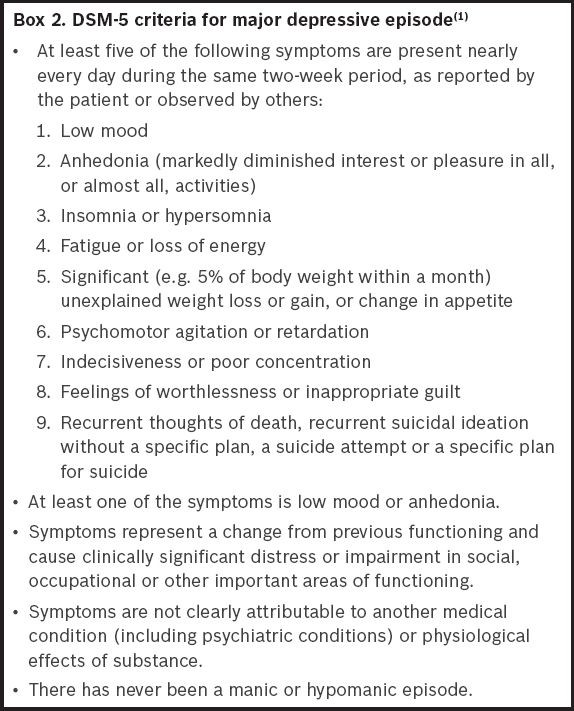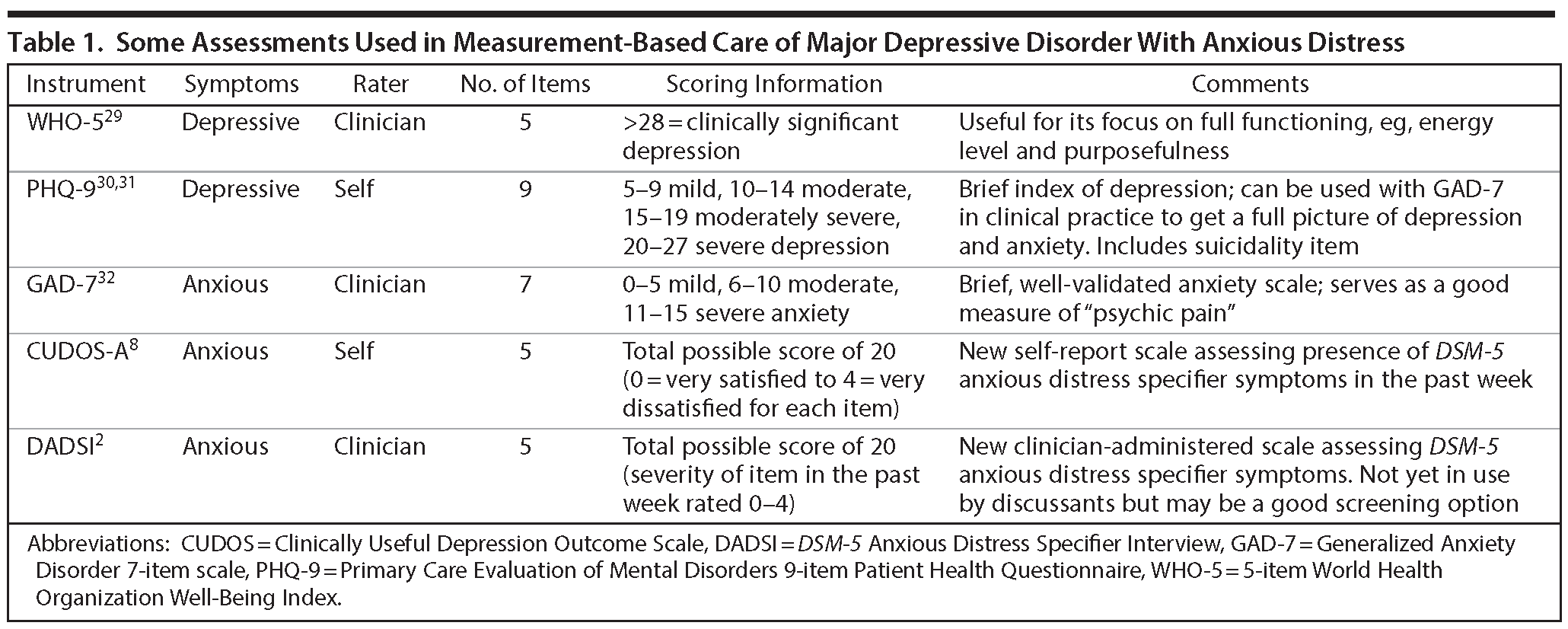



To be considered mania, the elevated, expansive, or irritable mood must last for at least one week and be present most of the day, nearly every day. To be diagnosed with bipolar disorder, a person must have experienced at least one episode of mania or hypomania.
#DEPRESSION SYMPTOMS DSM 5 MANUAL#
If no other illnesses are present, the doctor will conduct a comprehensive mental health evaluation to assess the patient’s symptoms in accordance with the specific criteria from the American Psychiatric Association’s Diagnostic and Statistical Manual of Mental Disorders (DSM-5). Firstly, a doctor may perform a physical evaluation to rule out any other conditions that may be causing symptoms.
#DEPRESSION SYMPTOMS DSM 5 PROFESSIONAL#
Talking with a doctor or mental health professional is the first step in identifying bipolar disorder. Read More About Bipolar Disorder Bipolar Disorder DSM-5 Diagnostic Criteria Getting diagnosed with a mental illness comes with a lot of questions, Psycom is here to answer them. It is not uncommon during a mixed episode for a person to go from being exuberantly happy to be expressing suicidal thoughts in a matter of moments. People experiencing an episode with mixed features may feel extreme sadness, guilt, and worthlessness, while at the same experiencing high energy, racing thoughts and speech, and overactivity. What’s more, in some cases, a bipolar episode can include symptoms of both mania and depression this is what’s known as an episode with mixed features. Unlike a manic episode, these symptoms are not so severe as to impact daily functioning or cause psychotic symptoms. During what is known as a hypomanic episode, a person may experience elevated mood, increased self-esteem, and a decreased need for sleep.

Individuals with bipolar disorder experience mood swings that are less severe in intensity. In these cases, diagnosis is exclusively based on psychiatric history provided by family and caregivers, not on the current psychopathological assessment by the psychiatrist.īipolar disorder occurs in up to 2.5% of the population, but the prevalence is much higher among first-degree relatives of individuals with bipolar or schizophrenia disorder. The diagnosis is frequently assigned to young patients presenting with a (first) major depressive episode. As such, the use of the word bipolar reflects this fluctuation between extreme highs and extreme lows. People who live with bipolar disorder experience periods of great excitement, overactivity, delusions, and euphoria (known as mania) and other periods of feeling sad and hopeless (known as depression). Cyclothymic disorder is a cyclic disorder that causes brief episodes of hypomania and depressionīipolar and related disorders are given a chapter of their own in the DSM-5, between depressive disorders and schizophrenia spectrum disorders.Bipolar II disorder consists of depressive and manic episodes which alternate and are typically less severe and do not inhibit function.Bipolar I disorder is a manic-depressive disorder that can exist both with and without psychotic episodes.Bipolar disorders are described by the American Psychiatric Association’s Diagnostic and Statistical Manual of Mental Disorders (DSM-5) as a group of brain disorders that cause extreme fluctuation in a person’s mood, energy, and ability to function.īipolar disorder is a category that includes three different condition– bipolar I, bipolar II, and cyclothymic disorder.


 0 kommentar(er)
0 kommentar(er)
